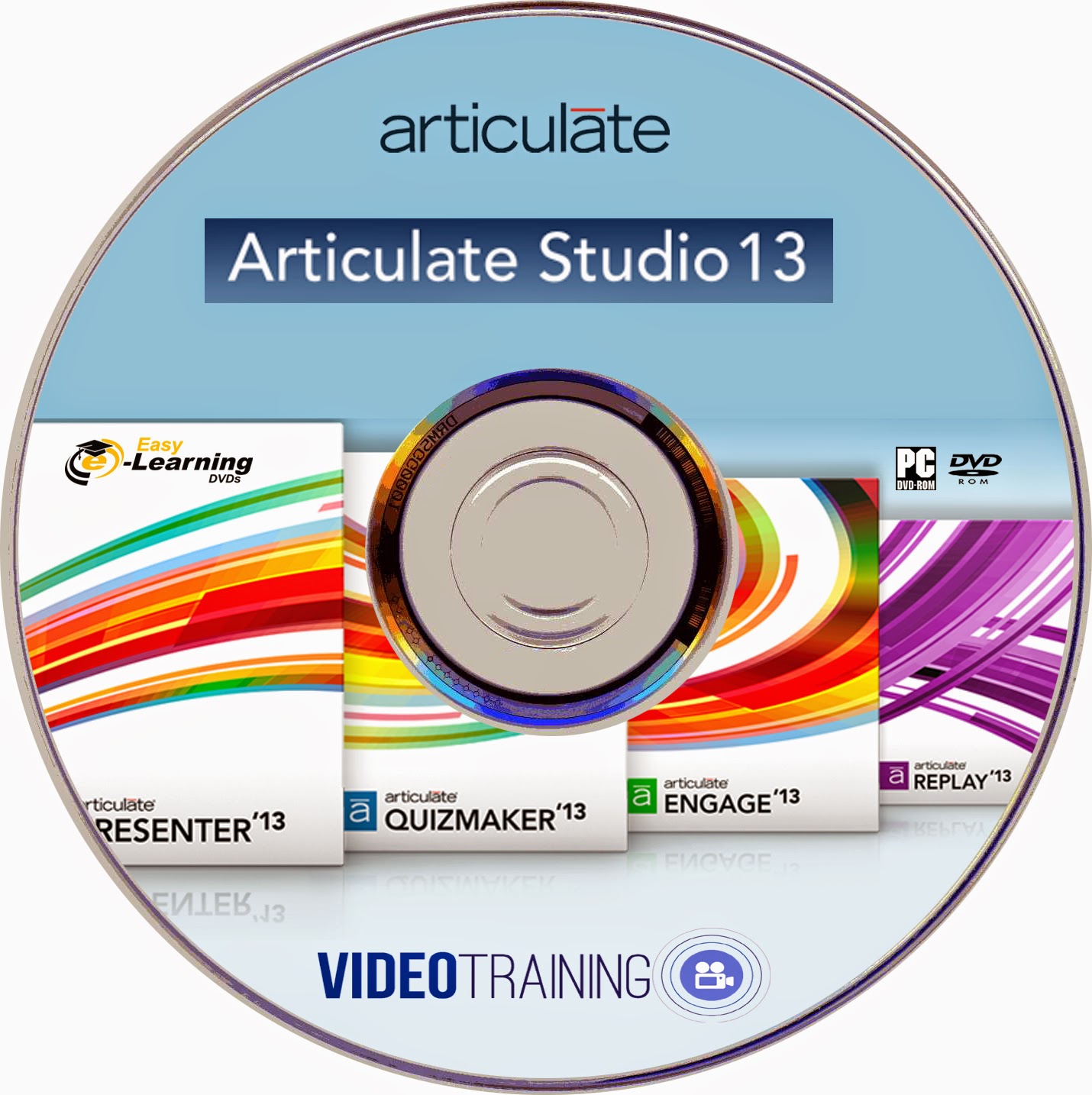Duration : 5h 58m
Project Files Included
56 Video Lessons
Lessons in this tutorial
1 Introduction and project overview 00:55
2 Modeling the body of the chest of drawers 09:20
3 Modeling the legs of the chest of drawers 09:00
4 Creating the bedside table 10:39
5 Modeling the desk lamp 08:02
6 Making the desk stand 05:45
7 Building the silver bottles 06:35
8 Modeling the mirror 04:36
9 Starting on the candle holder 11:39
10 Continuing the candle holder 13:58
11 Finishing the candle holder 03:42
12 Modeling the rest of bottles 14:35
13 Making the wall paintings 05:04
14 Starting the bedside lamp body 10:07
15 Making the bedside lamp crystals 07:24
16 Starting the headboard 08:08
17 Continuing the headboard 08:29
18 Detailing the headboard 06:21
19 Making the bed frame 10:02
20 Finishing up the bed 09:13
21 Merging everything together 07:32
22 Simulating the bed sheet 08:03
23 Refining the bed sheet 06:17
24 Making the pillows 05:14
25 Simulating the bed covers 06:53
26 Refining the bed covers 07:50
27 Creating the wall details 10:21
28 Building the walls 10:22
29 Modeling the floor tiles 03:48
30 Making the windows 06:07
31 Modeling the carpet 05:04
32 Setting up cameras for the scene 05:05
33 Setting up lights for the scene 03:47
34 Creating the window glass material 02:13
35 Making the window wood material 05:36
36 Producing the wood material 07:54
37 Making the scratched metal material 06:09
38 Creating the black Polished material 02:18
39 Making the lamp fabric material 04:24
40 Producing the glass material 02:21
41 Creating the metal material 03:02
42 Making the perfume material 00:54
43 Producing the mirror material 04:57
44 Creating the candle material 02:34
45 Creating the another wood material 03:06
46 Making the stand material 02:59
47 Making the crystal material 03:29
48 Creating the paintings material 03:07
49 Producing the bed sheet material 04:41
50 Making the floor material 03:50
51 Making the wall material 04:44
52 Creating the bed cover material 02:40
53 Making the carpet material 06:20
54 Adding the final touches04:07
55 Producing the final tests 15:35
56 Making the post-production with MagicBullet 07:58
======================================================================
This DVDs are only suitable for a PC/laptop/Mac; it WILL NOT play on a TV
=======================================================================

Payment mode : CASH ON DELIVERY , Pay on my account ,Buying via ebay or ShopClues
Shipping : By Courier through all over India
Shipping charge : Rs 50/- Flat Rate shipping anywhere in India
You can get with in two days
Any Advanced Graphic Design Software Tutorials, IT Software Tutorials, Multimedia Software Tutorials, All Engineering purpose Software Tutorials & All Software Tutorials Available
This DVDs are only suitable for a PC/laptop/Mac; it WILL NOT play on a TV
=======================================================================
Payment mode : CASH ON DELIVERY , Pay on my account ,Buying via ebay or ShopClues
Shipping : By Courier through all over India
Shipping charge : Rs 50/- Flat Rate shipping anywhere in India
You can get with in two days
Any Advanced Graphic Design Software Tutorials, IT Software Tutorials, Multimedia Software Tutorials, All Engineering purpose Software Tutorials & All Software Tutorials Available
Place your Order On
www.easylearningdvds.in
For more details
Email : digitalcollections4u@gmail.com
https://www.facebook.com/TutorialsDVDs







